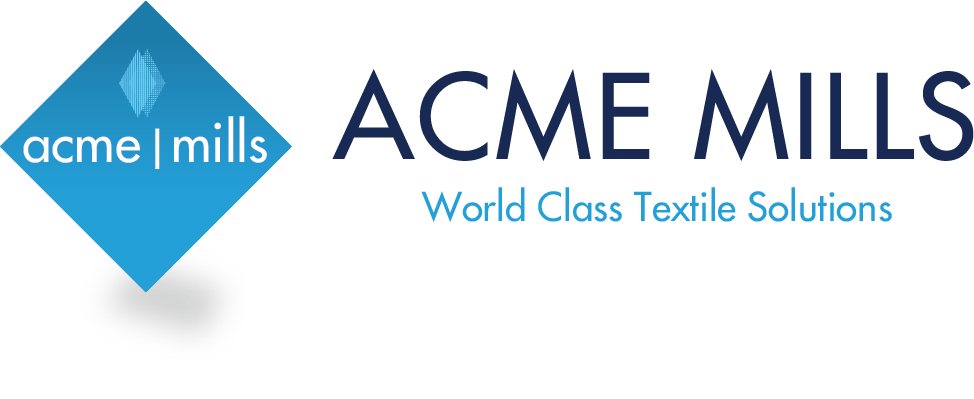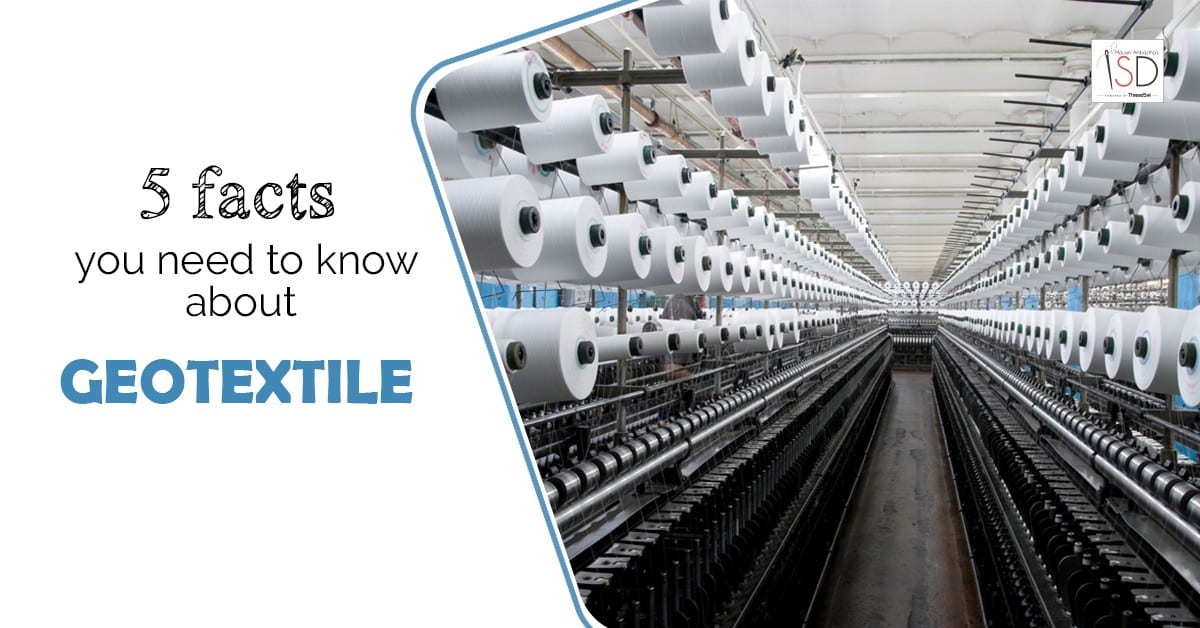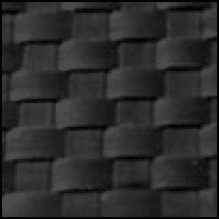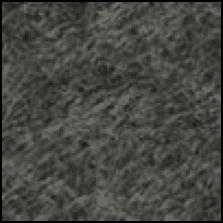We are surrounded by different types of textiles in our daily lives. Geotextiles is a bit different from them, but are very popular due to their use in over 80 different types of applications around us. These are simply synthetic fibers turned into a fabric with permeable qualities and are resistant to biodegradation.
Originally, geotextiles were intended to be used as an alternative to the soil filters. These fabrics have been used to separate, reinforce, filter, protect or drain, depending on the textile’s intended properties. Often known as geosynthetics, geotextiles are mostly used in civil or environmental engineering projects.
1. History of Geotextiles
Originally geotextiles were known as filter fabrics. In the 1950s, R.J.Berrett started working with geotextiles, using them in erosion control situations like behind precast concrete sea-walls, below large stone ripraps, under precast concrete erosion control blocks, etc. For this, he used different woven monofilament fabrics, with 6 to 30% of the open area. Need for permeability along with soil retention, with fabric strength and elongation made geotextiles ideal for use in filtration situations.
DID YOU KNOW?
In the age of Pharaohs, geotextiles have been seen to be used in roadways constructions, to stabilize the roads and their edges.
But, geotextiles go way back. Geotextiles were one of the first textile products possibly used in human history. Surprisingly so, Egyptian sites excavations have shown the use of linen and grass mats. This early on, geotextiles were made usually with natural fibers or vegetation mixed with soil to improve road stability.
DID YOU KNOW?
Geotextiles have been used successfully in road construction projects, from the past 30 years now.
2. Characteristics of Geotextiles
Geotextiles should be able to permit material exchange between soil and air, so it should be permeable for plants to grow roots, and rainwater to enter the soil, or excess water to drain out without causing erosion, etc. This makes the following certain characteristics necessary to be present in geotextiles:
- Physical characteristics: Right specific gravity, weight, stiffness, weight, and density
- Mechanical characteristics: right tenacity, tensile strength, drapability, bursting strength, flexibility, frictional resistance, and tearing strength.
- Hydraulic characteristics: permeability, transitivity, porosity, turbidity, and permittivity
- Degradation characteristics: resistance to the bio, hydraulic, photo, chemical, and mechanical degradation.
- Endurance characteristics: abrasion resistance, elongation, and right clogging length.
3. Types of Geotextiles
There are varied types of geotextiles used for various different operations. Although capturing every type in this article is not practically possible, we can discuss the four main types of geotextiles used, namely woven, non-woven, polyspun, and spunbond.
Woven Geotextiles
Woven geotextiles are used mainly for separation and reinforcement functions. High tensile strength and load capacity characteristics make these suitable for the above-mentioned functions. These are relatively impermeable, while not good with drainage; they have high compressive strengths making them ideal to be used in the construction of roads, etc.
Non-woven Geotextiles
Non-woven textiles are felt like materials which lack on the tensile, shear or compressive strength fronts but are too good in fields where separation, drainage or filtration properties are needed. They hence are good for hardscape projects or for erosion control
Polyspun Geotextiles
Polyspun geotextiles are also non-woven material with separation being their main function. These material are permeable, thus are used to provide drainage, but they fail to provide any form of reinforcement. These are commonly used as weed barriers
Spunbond Geotextiles
Lastly, Spunbond geotextiles are also non-woven material and are manufactured using one of the fastest fabric manufacturing methods. During the manufacturing process, extruded filaments are spun in a belt, and are bounded by heat. These materials are also used for drainage, and cannot provide reinforcement. These are mostly used as drainage fabrics or as weed barriers.
4. Fibers Used For Geotextiles
Both natural and synthetic fibers are used in manufacturing different types of geotextiles, suited for different functions.
Natural fibers in forms of paper strips, wood shavings, jute nets, or wool mulch are used in geotextiles. Natural geotextiles are used specifically when they are required to bio-degrade in a relatively shorter period of time, like when they are used for preventing soil erosion till vegetation sets. Commonly used natural fibers in geotextiles are ramie and jute.
Synthetic fibers are mostly used for geotextiles. There are 4 main synthetic polymers, polyester, polyethene, polyamide and polypropylene that are widely used for manufacturing geotextiles. The common synthetic polymers used from these families in geotextiles are Chlorinated Polyethylene (CPE), Ethylene copolymer Bitumen (ECB), Polyvinyl chloride (PVC), Polypropylene (PP), Polyethylene (PE), Polyesters (PET), etc.
5. Applications of Geotextiles
For a broader understanding, geotextiles can be understood as any textile product used under the soil. This makes geotextiles handy in applications like streets, ponds, pipelines, embankments, etc. reinforcements. In any application, geotextiles are used for six discrete functions, separation, filtration, reinforcements, drainage, protection and sealing. These functions also make geotextiles useful in multiple environmental and civil projects.
DID YOU KNOW?
Geotextiles have been used to protect fossil footprints in Tanzania from rain, erosion and tree roots
Application in Dam Construction
Geotextiles also have a wide application when it comes to embankment dam construction. The application, however, may be limited in some cases since geotextiles are prone to installation damage and have a potential for clogging.
Hence, they are designed and approved by experienced engineers considering all aspects of design and construction.
Geotextiles have the following functions when it comes to their application in Dams:
- Filtration & Drainage
In some cases, geotextiles play a very essential role in filtration of seepage through and under embankment dams. These textile act as a filter, controlling the transport of soil particles by seepage. - Protection and Separation
The most common application of geotextiles is its usage as a separator of natural material to prevent the contamination of adjacent zones in the embankment. Geotextiles also protect the soil layer from intruding or damaging the material to be protected. Ex. Geomembrane. - Soil Reinforcement
High modulus geotextiles help in providing tensile strength to the soil mass when placed under a foundation. This helps in reducing the stress or tension within the soil mass enabling the embankment to resist slope movements or lateral spreading. - Surface Stabilization
Geotextiles can effectively act as armor systems in order to minimize erosion associated with the dams and sediment transport during dam construction.















